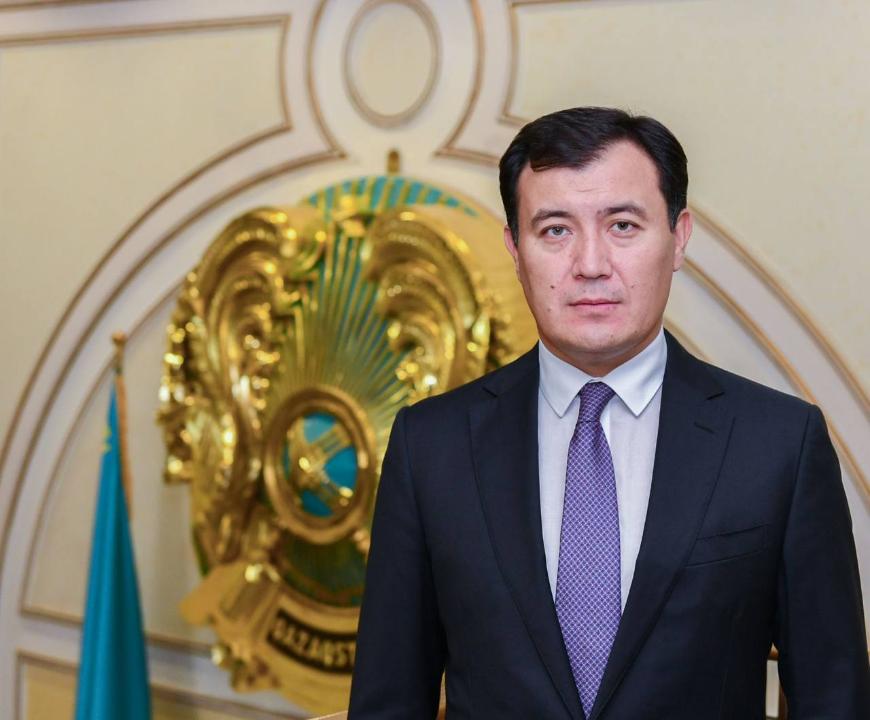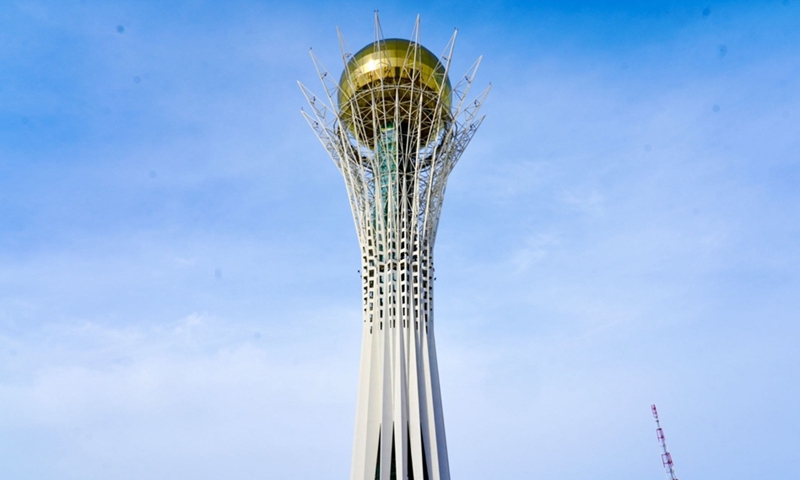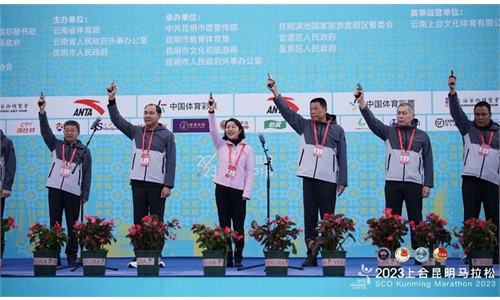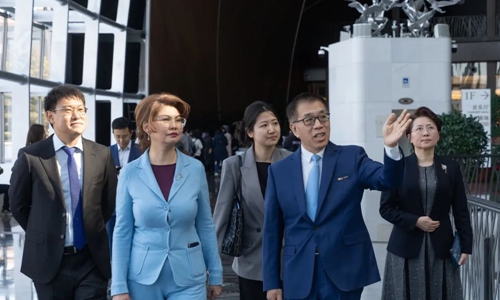Chinese tourists 'of utmost importance' to Kazakhstan, more collaboration in energy, industry, agriculture underway: Kazakh Deputy FM

Alibek Bakayev, Deputy Minister of Foreign Affairs of the Republic of Kazakhstan. Photo: Ministry of Foreign Affairs of the Republic of Kazakhstan
The government of Kazakhstan is making significant efforts to develop tourism, and "the presence of Chinese tourists is of utmost importance to us," Deputy Minister of Foreign Affairs of Kazakhstan Alibek Bakayev told the Global Times in an exclusive interview in Astana on Monday.
This year was designated as the Year of Kazakhstan Tourism in China by the state leaders of the two countries in May 2023. Within that framework, about 40 events have been planned in major Chinese cities such as Beijing, Xi'an, Shanghai, Urumqi, Hangzhou and Chengdu, aiming to promote and showcase the tourism resources of Kazakhstan, Bakayev said.
Tourist flows between China and Kazakhstan are gradually returning to pre-pandemic levels. According to Yicai.com, the number of tourists from China rose from 18,000 in 2022 to 217,000 in 2023, an increase of 11 times, according to Minister of Tourism and Sports Ermek Marjyqpaev.
Since November 10, 2023, Chinese and Kazakh citizens have been allowed to stay in each other's country for no more than 30 days for a single crossing and for 90 days as part of a 180-day visa-free period, under a visa-free agreement.
This measure "significantly impacts the stimulation of business contacts, trade simplification, mutual investment growth and tourism development," he noted.
Kazakhstan, with its location at the crossroads of Asia and Europe, shares with China not only borders but also a vision for economic collaboration. Bakayev said that over the past decade, collaboration under the framework of merging Kazakhstan's new economic policy (the Nurly Zhol Initiative) and the China-proposed Belt and Road Initiative (BRI) has yielded remarkable achievements.
Kazakhstan facilitates 80 percent of all intercontinental traffic between China and Europe, and China remains among the five largest investors in Kazakhstan, with a total investment inflow of nearly $25 billion since 2005, he said.

Baitek Monument in Astana, Kazakhstan Photo: Deng Zijun/GT
He noted that active efforts are underway to bolster collaboration in energy, industry, agriculture and the export of Kazakh agricultural products. Projects involving small and medium-sized businesses for the production of consumer goods are also in progress.
Bakayev spoke highly of China's achievements in science and technology, particularly in low-carbon energy, artificial intelligence and autonomous vehicles.
"By leveraging China's technological expertise and Kazakhstan's strategic location, the two countries can continue to promote high-quality development and economic growth in the region," he said.
China-Kazakhstan cooperation under the BRI has been fruitful in areas such as connectivity, production capacity, the economy and trade, and people-to-people and cultural exchanges.
Under the framework of the initiative, China and Kazakhstan have been actively engaged in production capacity and investment cooperation, having drawn up a list of 52 projects with a total value of more than $21.2 billion. Such cooperation is also expanding to the green, digital, scientific and technological fields, according to the Xinhua News Agency in May 2023.
Despite the ravages of the three-year COVID-19 pandemic, China-Kazakhstan economic and trade cooperation developed well, with bilateral trade reaching $21.43 billion in 2020. In 2021, bilateral trade was $25.25 billion.
In 2022, total merchandise trade was $31.17 billion, a year-on-year increase of 23.6 percent. China has been Kazakhstan's second-largest trading partner, largest export destination and second-largest source of imports for years.



